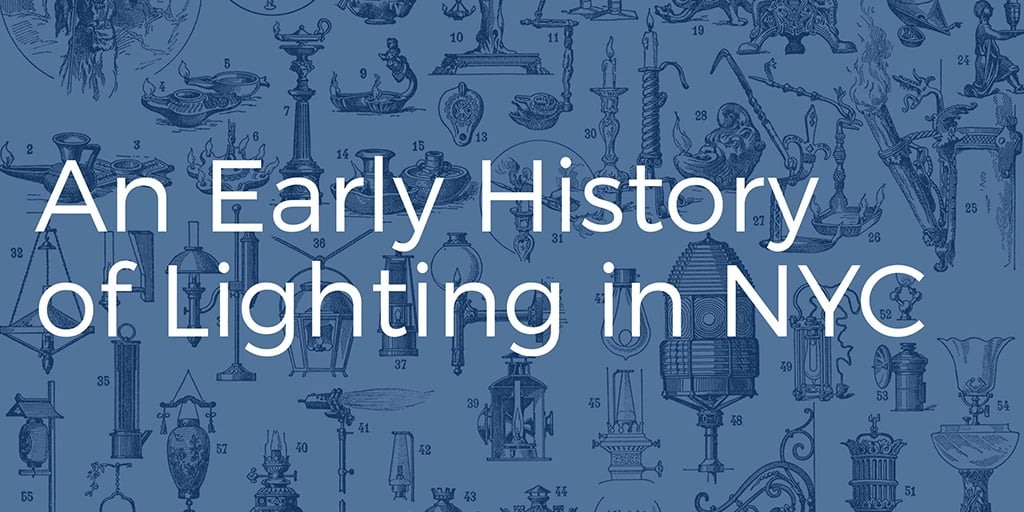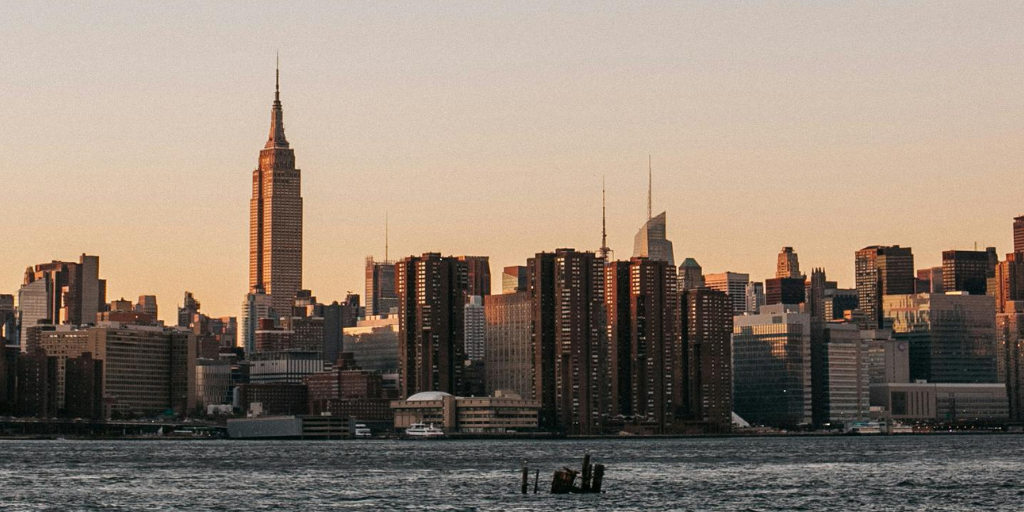It’s hard to imagine in the year 2017, as we’re transitioning to LED and solar lighting, that there was a time when New York City building code was being updated to demand a switch from gas lighting to electric. It wasn’t until the late 19th century that electricity was introduced to Broadway. If that isn’t mind-blowing enough, get this: it wasn’t until well into the 20th century that electricity became a more prevalent form of lighting across the City. The transition from gas to electric took decades.
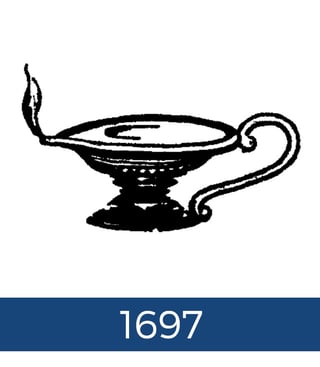 1697: In the late 1600s, the City wasn’t responsible for lighting the streets at night. Instead, the Common Council of New York required that windows facing their respective streets were to be lit by the homeowners as a source of light for people outside at night, especially during the winter months. They wanted to ease the difficulty of trading when it got dark earlier. At the time the most common form of lighting was candlelight or oil lamps. (Photo Credit: 'Oil lamp drawing' by Furfur under CC BY-SA 4.0)
1697: In the late 1600s, the City wasn’t responsible for lighting the streets at night. Instead, the Common Council of New York required that windows facing their respective streets were to be lit by the homeowners as a source of light for people outside at night, especially during the winter months. They wanted to ease the difficulty of trading when it got dark earlier. At the time the most common form of lighting was candlelight or oil lamps. (Photo Credit: 'Oil lamp drawing' by Furfur under CC BY-SA 4.0)
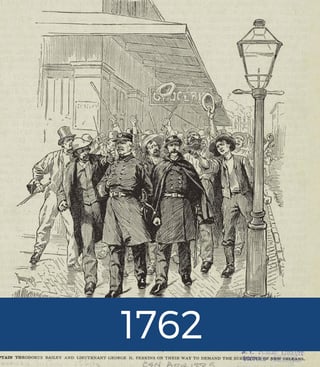
1762: A little over 60 years after the Common Council of New York required homeowners to light windows, a levy tax was authorized for installing lamps throughout the city. The tax also included purchasing the oil needed to light the lamps, and because burning the oil unattended was dangerous, pay men to watch and tend the lamps. This is often cited as the City’s first attempt at municipal street lighting. The oil lamps at the time weren’t necessarily better than a candle but were an alternative to candle lighting. (Photo Credit: NYPL)
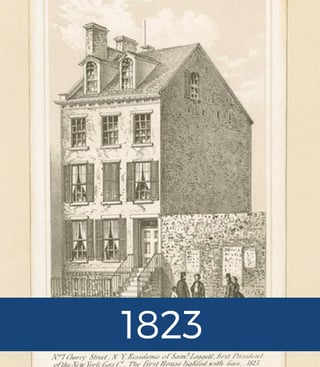 March 1823: The newly incorporated New York Gas Light Co. became the first company to get the deal to make and lay cast-iron pipes, as well as supply the gas for the lighting, down Broadway—from Grand Street to Battery. The project was completed in 1825, making Broadway the first street to be lit completely with gas. The Company was awarded a second deal in expanding the gas line system the year after the first project’s completion. This second project added 2,400 posts between the East and Hudson Rivers on the southern part of the Island. 7 years later the Manhattan Gas Light Company made the same improvements to the northern part of the Island.
March 1823: The newly incorporated New York Gas Light Co. became the first company to get the deal to make and lay cast-iron pipes, as well as supply the gas for the lighting, down Broadway—from Grand Street to Battery. The project was completed in 1825, making Broadway the first street to be lit completely with gas. The Company was awarded a second deal in expanding the gas line system the year after the first project’s completion. This second project added 2,400 posts between the East and Hudson Rivers on the southern part of the Island. 7 years later the Manhattan Gas Light Company made the same improvements to the northern part of the Island.
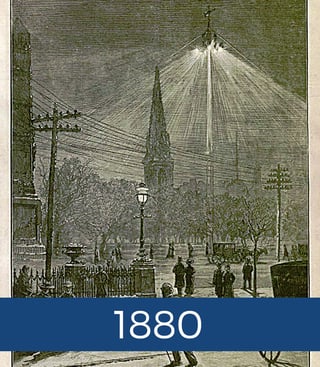
1880: In 1880, Brush Electric Light and Power Co. installed the first electric street lighting on Broadway from 14th Street to 26th Street. Madison Square was also illuminated. The first public use of electricity is said to have happened just 2 years earlier in Paris. As big of a feat as using electricity was, generating and distributing electricity wasn’t quite yet reliable. This meant that for any arc lamps (the name of the lamps that supplied electricity) placed there was usually gas lighting nearby.
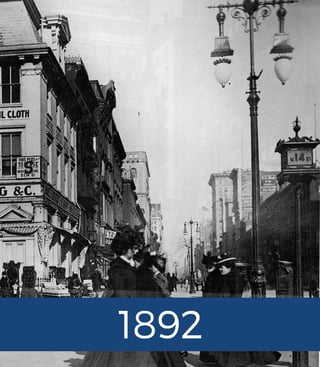 1892: It should come as no surprise that an avenue as famous for its style as Fifth Avenue would be the first street to have truly ornamental electrified cast-iron posts, featuring an elongated and elegant design. The Edison Illuminating Company did the work and the system used in these stylish posts had been slightly improved from the originals. Though slightly improved, electricity was still only being used in more commercial areas of the City. Gas lighting remained popular in residential areas.
1892: It should come as no surprise that an avenue as famous for its style as Fifth Avenue would be the first street to have truly ornamental electrified cast-iron posts, featuring an elongated and elegant design. The Edison Illuminating Company did the work and the system used in these stylish posts had been slightly improved from the originals. Though slightly improved, electricity was still only being used in more commercial areas of the City. Gas lighting remained popular in residential areas.
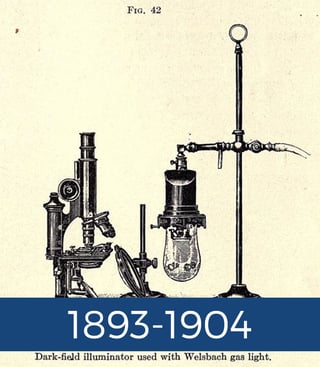
1893 - 1904: As mentioned in the previous paragraph, gas lighting was still being used heavily across the City. In 1893 a breakthrough in gas lighting happened when the “Welsbach” mantle was created. This mantle, which covered the gas flame, allowed for a much brighter white tinted light to appear when the gas was being burned. In 1904, 16,000 of the old gas lights were upgraded in Manhattan to the Welsbach mantle.
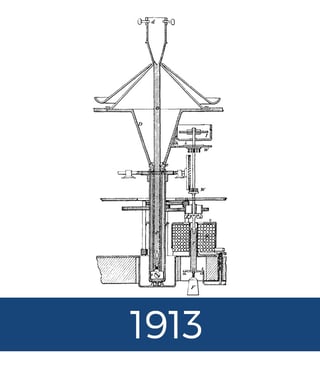 1913: By 1913 the use of gas lighting remained strong, especially in residential areas. In fact, the city was still actively trying to improve gas lighting and conducted more than 44,000 trials using “inverted” mantle gas burners. This was a time when electric lighting was also still improving but had not quite yet caught up to gas lighting as more utilitarian. Only 37,000 electric street lights had been installed by 1913, but it is worth noting the lead engineer in charge of lighting the City believed electricity would soon make its way to being more popular in the residential areas, especially as improvements to the arc lamp were finished.
1913: By 1913 the use of gas lighting remained strong, especially in residential areas. In fact, the city was still actively trying to improve gas lighting and conducted more than 44,000 trials using “inverted” mantle gas burners. This was a time when electric lighting was also still improving but had not quite yet caught up to gas lighting as more utilitarian. Only 37,000 electric street lights had been installed by 1913, but it is worth noting the lead engineer in charge of lighting the City believed electricity would soon make its way to being more popular in the residential areas, especially as improvements to the arc lamp were finished.
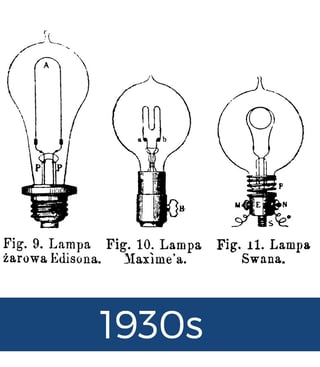
1930s: It wasn’t until the 1930s that long-drop luminaires, designed more for gas lighting, started to be replaced by luminaires designed specifically for incandescent lamps. The incandescent light bulb, which uses a tungsten filament that is a more bendable wire—unlike the arc lamps—were the first low power electric lights to be used in cities worldwide. The breakthrough in a more ductile tungsten filament increased the efficiency (therefore reducing the maintenance needs) of the incandescent bulb so significantly that it is still used in cities as of 2017.
Since the 1930s, when incandescent lighting took over as the most efficient form of lighting, bulb technology has advanced. There was the introduction of the fluorescent lamp in the late 1930s, the mercury vapor streetlight in 1948, high-pressure sodium and low-pressure sodium bulbs in the 1970s, followed by the metal halide lamp. In recent years, there has been the introduction of the induction lamp, the compact fluorescent lamp, and light emitting diodes (LED). NYC has been testing LED streetlights; their cost is much higher than the incandescent lamps, however the efficiency, reliability, and lifespan of the LED lights might prove to be worth their price. As the price of LED lights continues to become more affordable we expect they will be more widely adapted. However, even with these advancements, the incandescent remains the dominant light in use by cities and will more likely than not remain so for at least another decade.


